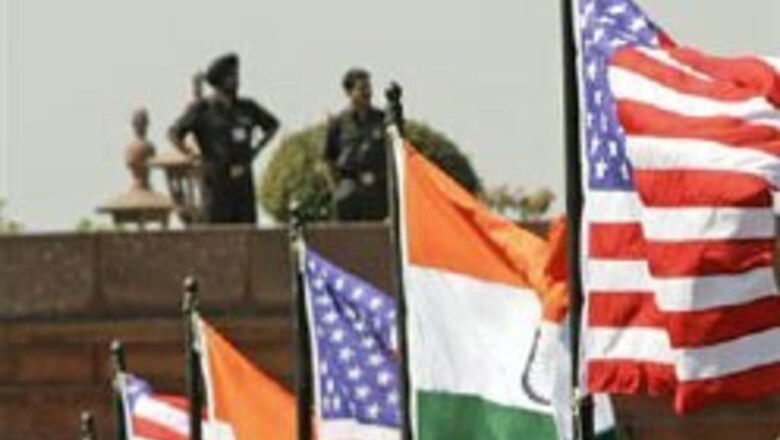
views
Washington: The US Congress on Wednesday approved a landmark deal ending the three-decade ban on US nuclear trade with India, handing a victory to President George W Bush on one of his top foreign policy priorities.
A timeline of some key developments over the past three years:
July 2005: Prime Minister Manmohan Singh and US President George W Bush agree in principle to a landmark civilian nuclear cooperation deal. It reverses 30 years of US policy opposing nuclear cooperation with India because it developed nuclear weapons and never signed the Non-Proliferation Treaty, or NPT.
March 2006: Bush pays a three-day visit to India during which the two countries agree on India's plan to separate its civil and military nuclear reactors, a key requirement for the deal to go through.
December 2006: US Congress overwhelmingly approves the deal. Three other approvals - from the 45-nation Nuclear Suppliers Group, the International Atomic Energy Agency (IAEA) and a second time by Congress - are still needed before nuclear transfers to India can actually take place.
December 2006: Bush signs the law approved by Congress, which makes changes to the US Atomic Energy Act. Analysts say the pact could be fully approved in roughly six months.
July 2007: The two countries announce finalisation of the deal after months of tough negotiations on a bilateral pact. India had objected to what it said were new conditions in the agreement unacceptable to it.
August 2007: Text of the bilateral pact, called the 123 Agreement, is unveiled simultaneously in both countries. Indian analysts say it meets most of New Delhi's demands, but communist allies of the government coalition threaten to withdraw support over the pact, saying it compromises India's sovereignty. Singh defends the deal as crucial to India's prosperity.
July 9, 2008: India's left withdraws support for the government, and calls for a vote of no confidence. India submits a draft nuclear safeguards accord to the IAEA governors for approval, despite earlier assurances it would wait to do so until after winning the confidence vote.
July 10: Agreeing to demands from the left, Singh calls for a vote of confidence in his government.
July 22: Singh wins confidence vote.
August 1: IAEA governors approve India nuclear inspections plan.
September 6: The 45-member Nuclear Suppliers Group approve the US nuclear deal, clearing a key international hurdle.
September 27: US House of Representatives approves deal.



















Comments
0 comment